Philippines Earthquake: Death Toll Reaches 144 as Images of Devastation Emerge [PHOTOS]
The death toll of a 7.2-magnitude earthquake that hit the central Philippines has reached 144, as relief efforts get underway.
The tremor was recorded at a depth of about 56km (35 miles) on Bohol Island, which lies some 400km southeast of the capital Manila, but also caused widespread damage in the nearby provinces of Cebu and Siquijor.
Civil Defense Director Eduardo del Rosario said that 291 people were injured. About 20 people are still unaccounted for.
The National Disaster Risk Reduction and Management Council (NDRRMC) said at least 2.8 million people were affected in the three provinces.
Most casualties were reported in Bohol, a popular tourist destination. Numerous historic buildings and churches were damaged or turned into rubble as the earth shook at 08:12 (00:12 GMT) on Tuesday.
"The heritage old churches are also very close to the hearts of the Boholanos," said provincial governor Edgardo Chatto.
"Every piece of the church should be left untouched so that restoration efforts can be easier... it may not be a total restoration, but closest to what it used to be before."
Chatto said rescuers have reached all towns in need, although landslides and damaged bridges were slowing down road travel.
"[The quake] affected all the towns in the whole island province because the epicentre was in the middle of the island," Chatto told the BBC.
"People are afraid of going back to their homes for fear of aftershocks. We hope this will stabilise soon so they can return to their respective homes."
The tremor hit on a national holiday - the Muslim festival of Eid al-Adha - an occurrence that might have saved lives since schools and offices were closed.
President Benigno Aquino III has arrived in the region.
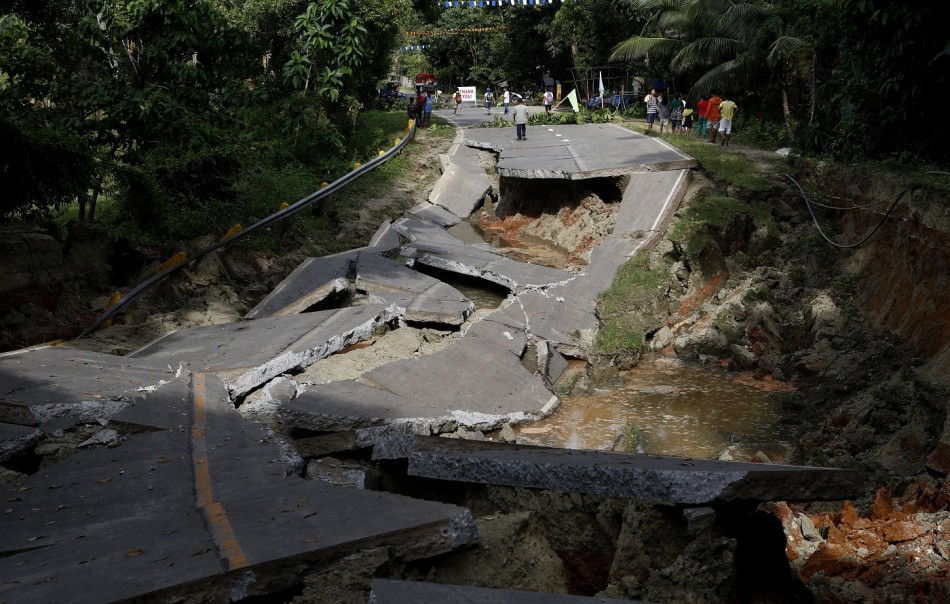
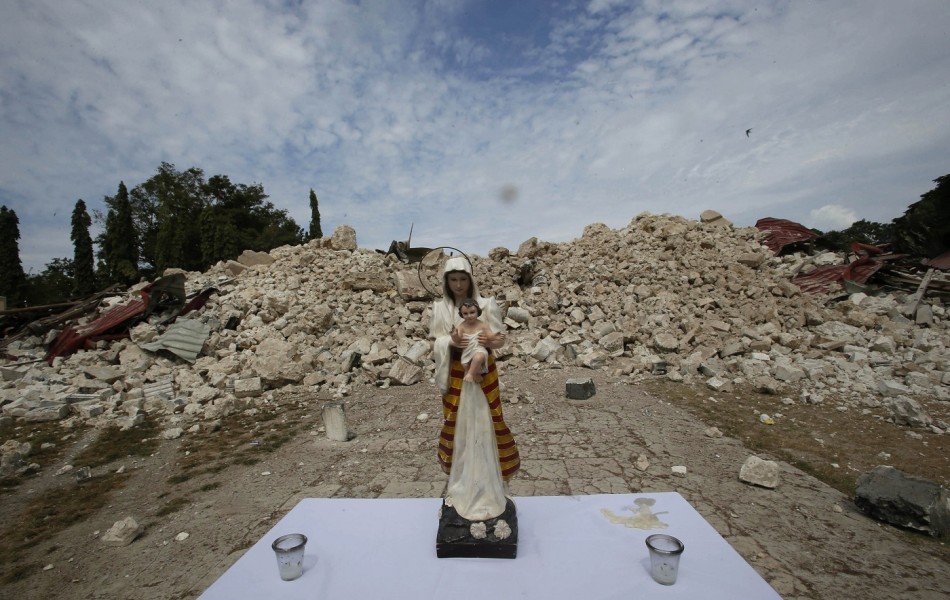


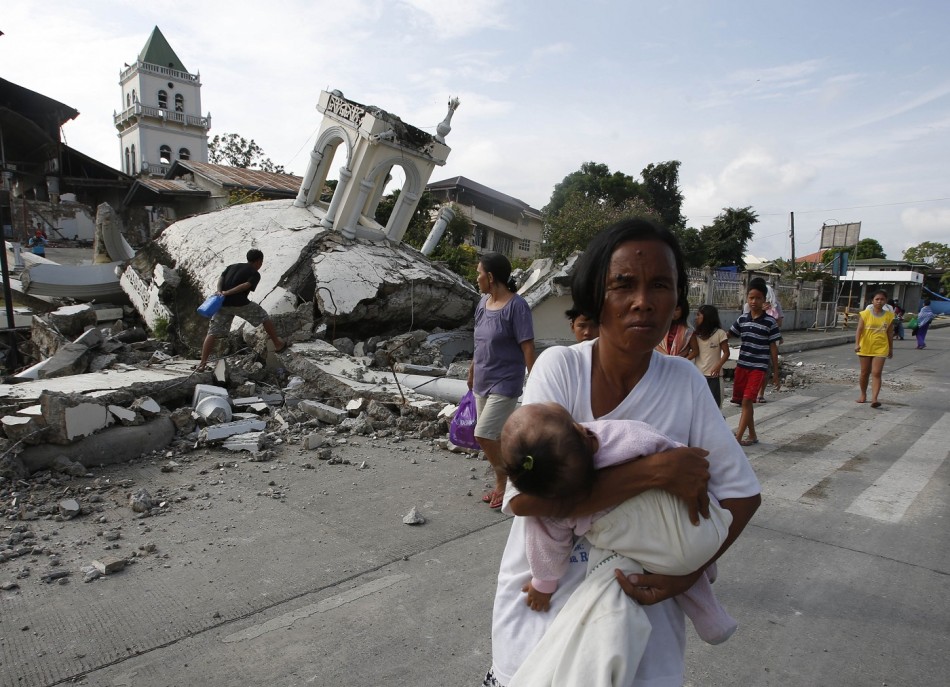
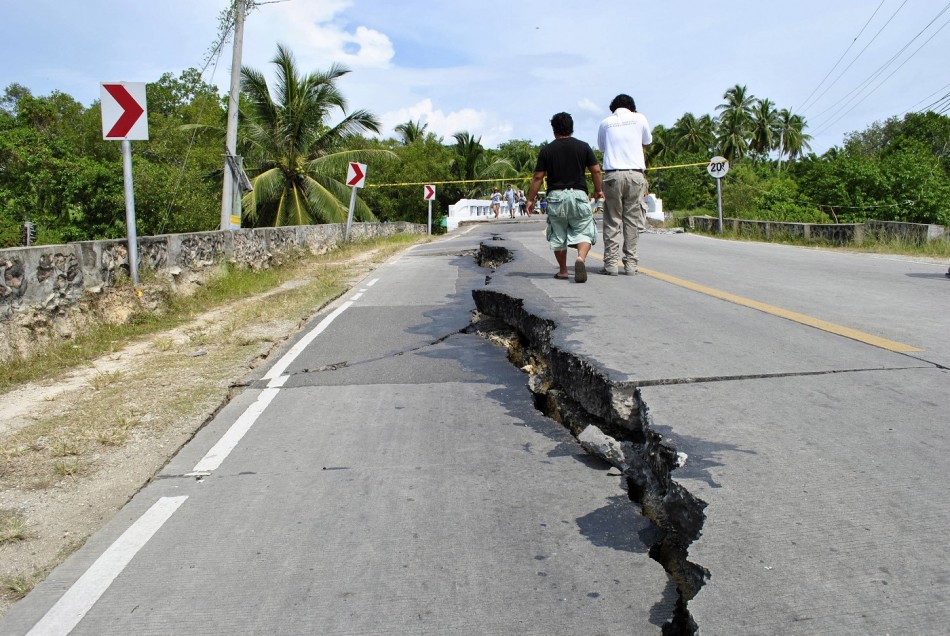

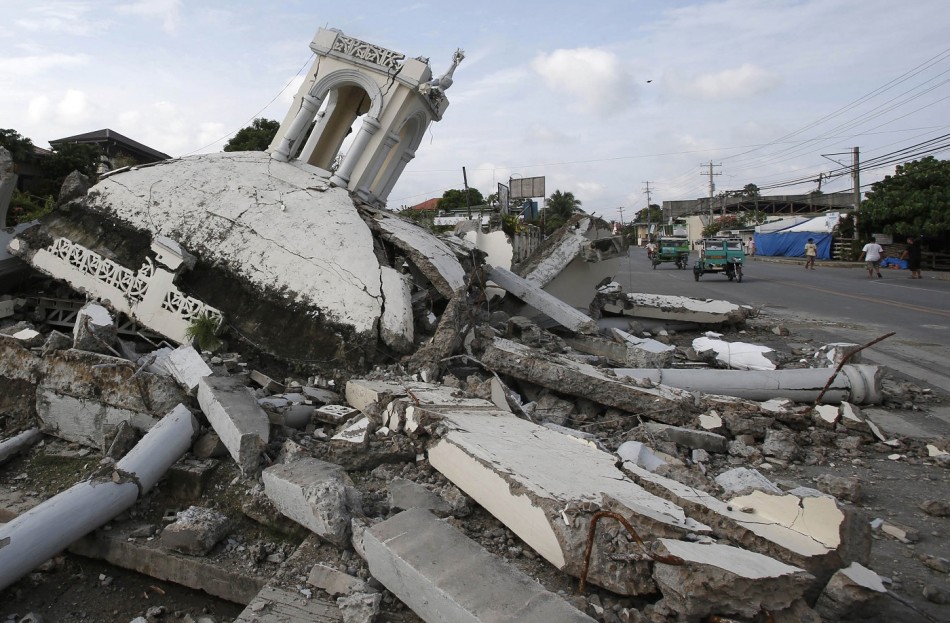
© Copyright IBTimes 2025. All rights reserved.






















